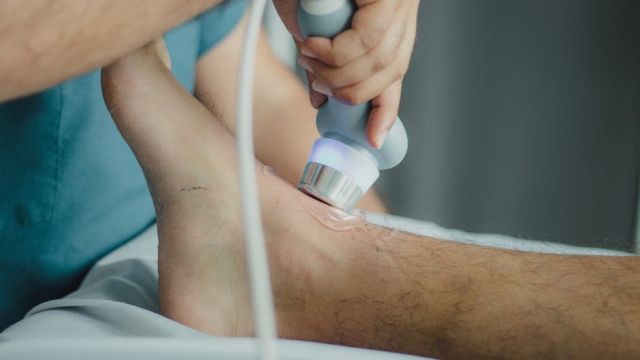
Light therapy, a treatment that utilizes specific wavelengths of light to promote healing and well-being, has a rich history rooted in the natural desire to harness the power of light for health benefits. Initially used to treat conditions such as jaundice in newborns and skin ailments, this therapeutic approach has evolved significantly over the years. Today, light therapy is recognized for its diverse applications in both human and animal health, thanks to ongoing innovations and light therapy advancements that continue to enhance its effectiveness and accessibility.
Understanding Light Therapy
Light therapy primarily involves exposure to artificial light sources that mimic natural sunlight. It is commonly employed to address various health issues, including mood disorders, skin conditions, and sleep disturbances. The principle behind light therapy is relatively straightforward: by exposing the body to specific wavelengths of light, it can stimulate biological processes that improve mental and physical health.
Technological Innovations in Light Therapy
Recent light therapy advancements have introduced a variety of new devices and methods that broaden the scope of its applications. For instance, portable light therapy devices have become increasingly popular, allowing individuals to receive treatments at home or on the go. These devices often utilize LED technology, which provides targeted wavelengths while being energy-efficient and safe for prolonged use.
Moreover, advancements in research have led to a better understanding of how different wavelengths affect various conditions. For example, blue light therapy is frequently used to combat seasonal affective disorder (SAD), while red light therapy is gaining traction for its benefits in skin rejuvenation and wound healing. By tailoring light exposure to specific conditions, these innovations enhance the efficacy of treatments, making light therapy a versatile option for many patients.
Applications in Human Health
Light therapy finds significant applications in human health, particularly for conditions like seasonal affective disorder, psoriasis, acne, and even certain types of chronic pain. The treatment for SAD involves exposure to bright light during the fall and winter months when natural sunlight is limited, helping to regulate mood and improve overall mental well-being.
In dermatology, light therapy advancements have led to the development of targeted treatments that address skin conditions effectively. For instance, blue light therapy is used to kill acne-causing bacteria, while red light therapy promotes collagen production, aiding in skin healing and rejuvenation. This versatility has made light therapy a popular choice among dermatologists and patients alike.
Equine Light Therapy Innovations
Not only has light therapy made strides in human health, but it has also gained traction in the veterinary field, particularly in equine care. Advancements in equine light therapy have demonstrated significant benefits for horses, helping to improve their overall health and performance. Light therapy is used to treat conditions such as joint pain, inflammation, and muscle recovery in horses, providing a non-invasive solution that complements traditional veterinary practices.
Equine light therapy devices often utilize similar principles as those used in human applications, employing specific wavelengths to promote healing and reduce discomfort. The growing acceptance of these treatments among equestrians and trainers underscores the positive impact that light therapy advancements can have on animal health and performance.
Future Trends and Research Areas
As the field of light therapy continues to evolve, several future trends and research areas are emerging. There is a growing interest in exploring the effects of different light wavelengths on various conditions, as well as the potential for personalized light therapy regimens tailored to individual needs. Additionally, ongoing research into the mechanisms of action behind light therapy may lead to more effective treatments and even broader applications.
In conclusion, the journey of light therapy from its historical roots to the present day highlights its significance in promoting health and well-being. With the ongoing light therapy advancements, both in human and equine applications, there is much to be optimistic about. Staying informed about these developments will empower individuals and practitioners to make the most of the benefits that light therapy can offer, enhancing health outcomes for both people and animals.
For more information about light therapy innovations and their applications, you can explore the resources available at Sunglor LED.
